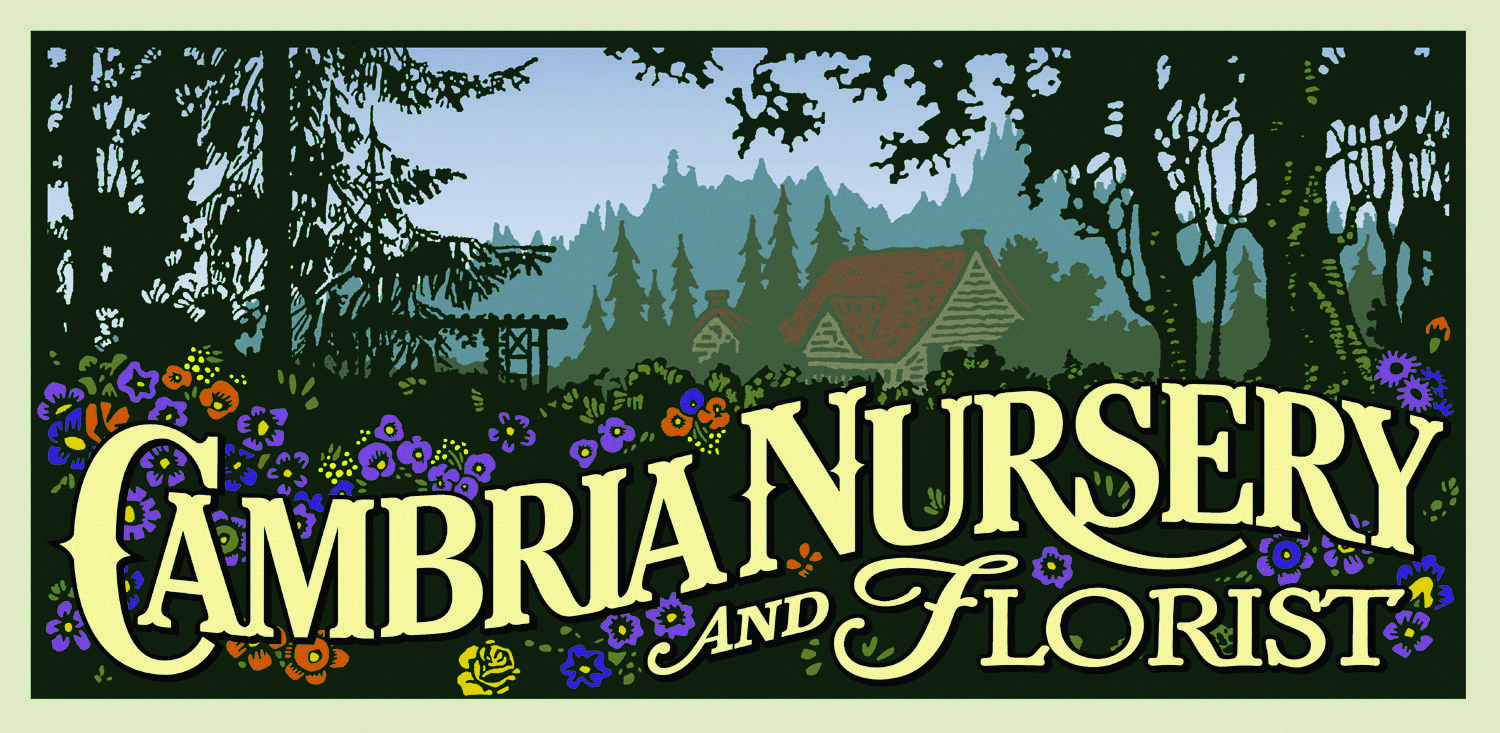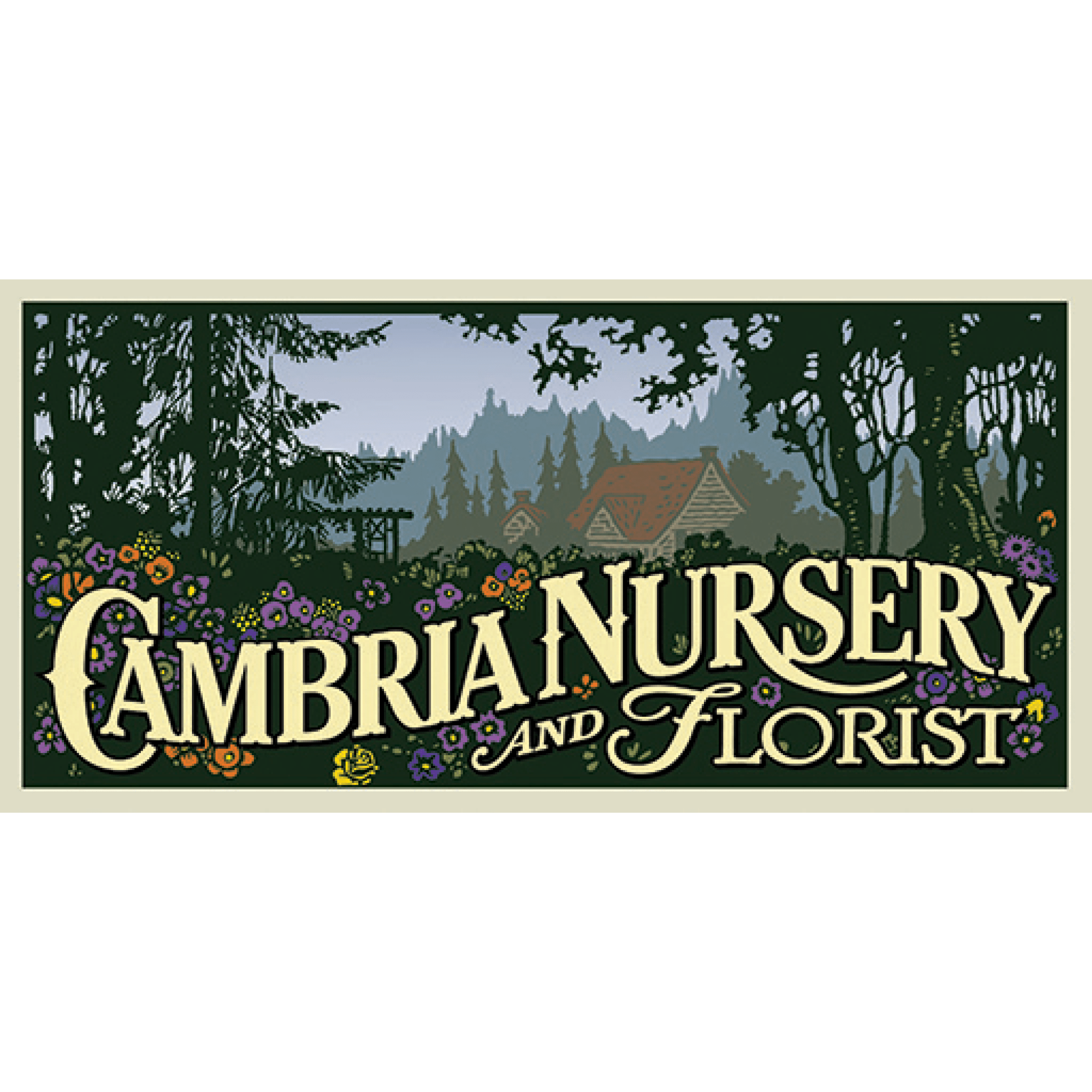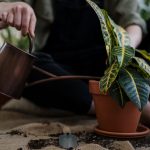Kitchen Composting for Kids
Today, we are bringing you a fun, kid-friendly project that can be done in your kitchen with supplies you already have! Composting at home is such a simple, yet rewarding task. Not only do you get free fertilizer for all of your plants, but you are also doing something great for the environment. Food that would have otherwise taken up space in a landfill and emitted harmful gasses into the atmosphere, will now be broken down into nutrient-dense matter that is great for all plants.
As mentioned above, all of the supplies you will need for this project you can collect from around your house and yard. That makes this project completely free! Read the list below to see what you need to gather.
- Supplies
- Container
- We chose a clear one for this project because we wanted to see the decomposition process, but any container will work great! (ex. A milk jug)
- Food scraps
- Be sure to start collecting all of your vegetable and fruit-based food scraps. You’ll want to avoid all animal products, like meat and dairy, besides eggshells.
- Brown matter
- By “brown matter” we mean just any dirt, leaves, or paper you have lying around. Typically, we would say the term “dirt is dead” when gardening and would encourage you to use soil. But this decomposition project will bring the nutrients back into that lifeless dirt.
- Scissors
- You will need scissors to cut the top off of your container if it has a narrow opening.
- Pushpin
- We will use a pushpin to punch small holes into the container.
- Container
Feel free to follow the instructions below, or watch our webinar to follow along with a staff member!
Instructions
- Grab whatever container you decided on using. If your container has a narrow opening, use your scissors to cut around the circumference of the container to make a larger opening. You will need that extra space to place all of your matter into the container.
- Take your pushpin and poke holes into the bottom of the container. The decomposition process needs a lot of oxygen to break down the food scraps. Adding extra holes to areas that won’t have access to as much airflow will aid in this process.
- Start placing your dirt, leaves and/or paper into the container. Keep in mind that you will want the ratio of brown matter and food scraps to be 1:1.
- Next, add your fruit and veggie scraps on top of the brown matter.
- Then, pour some water into your mixture. Without moisture, the microbes won’t be able to break down everything. Be sure not to make it too moist! If you do end up adding a little too much water, just be sure to add more brown matter to absorb some of the extra moisture.
- Once you’re finished, be sure to put your compost container in an area that gets a lot of warm, bright light.
Then, all there is to do is watch the miracle of nature as microbes break down the food scraps you placed in the bin. Feel free to use this mixture, once everything is broken down, to feed your plants and give them some extra nutrients in their soil.
We highly suggest looking over The Green Pinky‘s in-depth article: How to Start Composting at Home! This guide has a ton of useful tips and it covers all the steps! Learn the basics and main components to composting such as choosing the proper place, bin layering, and maintaining. Here’s to successful composting!
Happy Gardening,
Cambria Nursery & Florist



